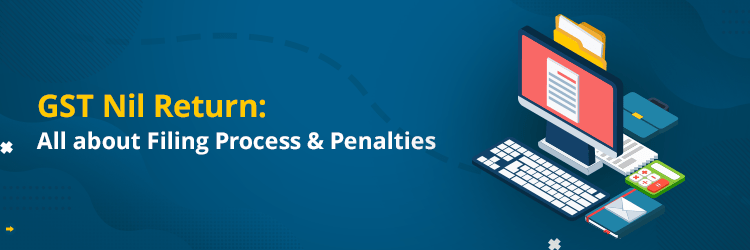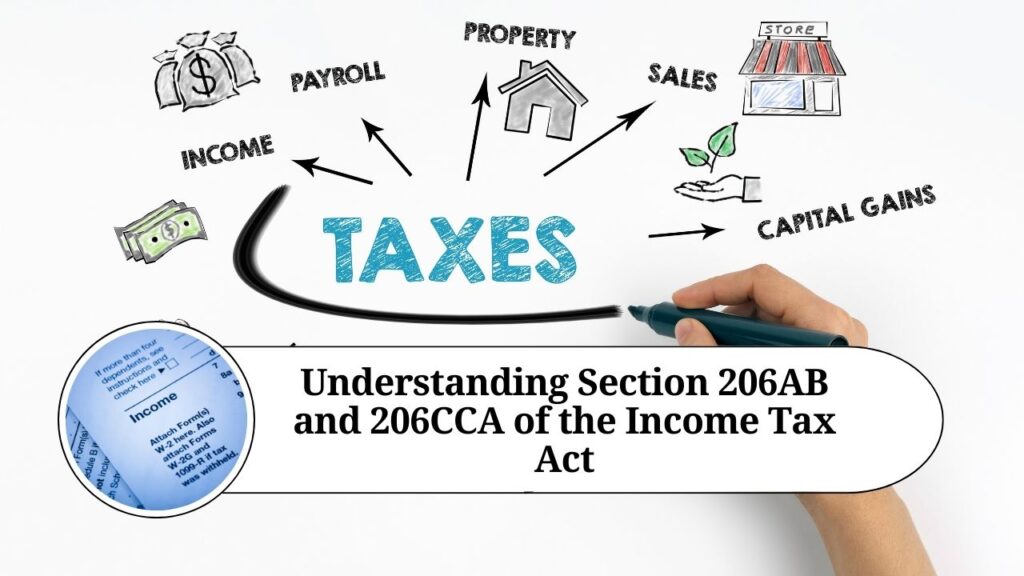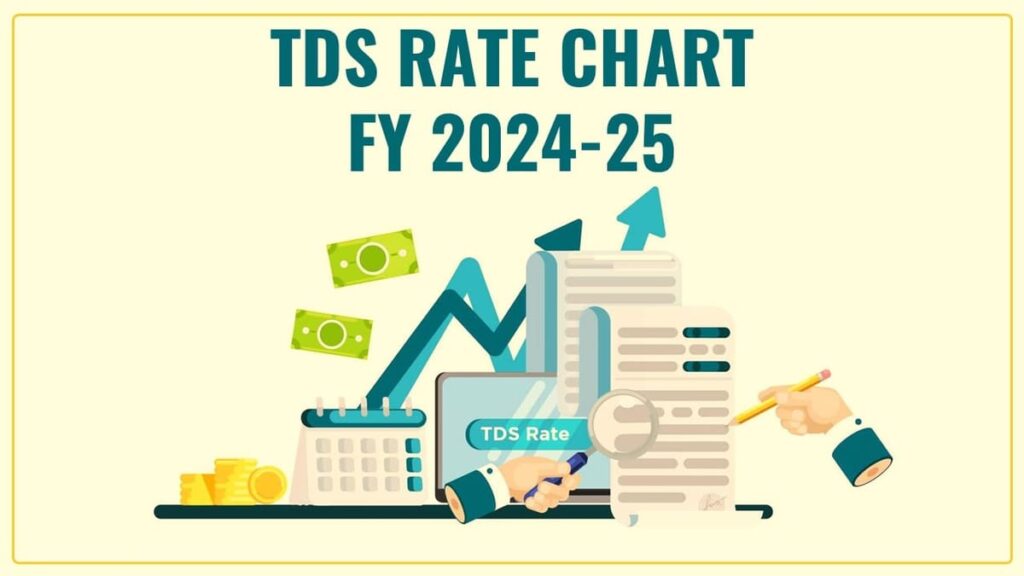How To File NIL GST Return Online | 2024

Filing a Nil GST Return is a crucial process for businesses registered under the GST regime in India, particularly when they have not conducted any taxable sales or purchases during the tax period. Here’s an in-depth article covering all essential aspects:
Understanding Nil GST Return
Contents
A Nil GST Return is a mandatory filing requirement under the Goods and Services Tax (GST) regime in India, for businesses and individuals who are registered under GST but have not engaged in any taxable supply of goods or services during a specific tax period.
This type of return applies to those who have a GST registration but have had no sales or purchases that are subject to GST in a given period.
The concept of a Nil GST Return is crucial because GST regulations in India mandate regular filing of returns, irrespective of business activity or transaction volume. Therefore, even in the absence of any taxable transactions, registered taxpayers are required to file a Nil return to comply with the law.
This is an affirmation to the tax authorities that there was no GST collected or owed during the period, hence, the name ‘Nil’ GST Return.
Importance of Filing
Even if there are no transactions, registered businesses must file a Nil return to avoid penalties and maintain a clean compliance record.
Step-by-Step Guide to File Nil GST Return
1. Login to GST Portal
- Access the GST Portal.
- Enter your credentials to log in.
2. Navigate to the Return Dashboard
- Select ‘Services’ > ‘Returns’ > ‘Returns Dashboard’.
3. Select the Return Period
- Choose the financial year and return filing period.
4. Filing GSTR-1 and GSTR-3B
- For Nil returns, both GSTR-1 (outward supplies) and GSTR-3B (monthly return) must be filed.
- Click on ‘Prepare Online’ under GSTR-1/GSTR-3B.
- Declare that there were no outward supplies by selecting the checkbox.
5. Submission and Verification
- Verify the details entered.
- Submit using an Electronic Verification Code (EVC) or Digital Signature Certificate (DSC).
Compliance and Deadlines
Compliance and adherence to deadlines are critical aspects of filing Nil GST Returns in India. Understanding these elements helps taxpayers avoid penalties and maintain a good compliance record. Here’s a breakdown:
Compliance for Nil GST Return
- Regular Filing Requirement: Even if no taxable sales or purchases have been made, registered GST taxpayers are required to file Nil GST Returns. This is a part of ongoing compliance under the GST regime.
- Types of Returns: Typically, Nil returns involve filing GSTR-1 (for outward supplies, even if there are none) and GSTR-3B (a summary of outward supplies, input tax credit claimed, and tax payable).
- Accuracy and Honesty: While filing Nil returns, it’s important to ensure that there indeed have been no taxable transactions during the period. Misreporting can lead to penalties and legal issues.
- Electronic Filing: GST returns, including Nil returns, are filed electronically through the GST portal. This has streamlined the process and made it more accessible.
Deadlines for Nil GST Return
- GSTR-1 Filing Deadline: For Nil GSTR-1, the deadline is typically the 11th day of the month following the tax period. For example, for January, the GSTR-1 should be filed by February 11th.
- GSTR-3B Filing Deadline: The deadline for filing Nil GSTR-3B is generally the 20th day of the month following the tax period. So, for transactions in January, the GSTR-3B should be filed by February 20th.
- Penalties for Late Filing: Failing to file Nil returns on time can result in penalties. The late fee for Nil returns is usually lower compared to returns with tax liability. It is typically Rs. 20 per day for both CGST and SGST (totaling Rs. 40 per day) until the return is filed.
Adhering to these compliance requirements and deadlines is crucial for all GST-registered entities. It’s important to stay updated with any changes in the law or filing procedures to ensure timely and accurate filing of Nil GST Returns. Regular compliance not only avoids penalties but also ensures a smooth and transparent relationship with the tax authorities.
Recent Updates and Changes
There have been several key updates and changes in the process of filing Nil GST Returns in India, aimed at simplifying compliance and making the process more efficient. Taxpayers need to stay abreast of these changes to ensure hassle-free compliance. Here are some of the notable updates:
- SMS-Based Filing for Nil Returns: The GST Council introduced a facility to file Nil GSTR-1 and GSTR-3B returns through SMS. This is a significant simplification for taxpayers who have no transactions to report. It eliminates the need to log in to the GST portal, making the filing process quicker and more accessible.
- Auto-population of GSTR-3B from GSTR-1: For ease of filing, there’s an auto-population feature where details from filed GSTR-1 are auto-populated in GSTR-3B. This is particularly useful in the case of Nil returns, as it reduces the chances of discrepancies and errors.
- Waiver or Reduction of Late Fees: Occasionally, the GST Council announces waivers or reductions in late fees for delayed filing of Nil returns, especially during periods of technical glitches on the GST portal or during extraordinary circumstances like the COVID-19 pandemic.
- Improvements in the GST Portal: The GST portal has undergone several updates for a better user experience. These include more straightforward navigation, better help and support features, and enhanced system stability, especially during peak filing periods.
- Regular Updates on Compliance Deadlines: The GST Council periodically reviews and revises compliance deadlines, including those for Nil returns. These changes are often made in response to feedback from the business community and other stakeholders.
- Increased Focus on Compliance Monitoring: There’s a heightened focus on monitoring compliance, with the government increasingly using technology to track and encourage timely filing, including Nil filings.
Taxpayers should regularly check the official GST portal or consult with a GST professional to stay updated on the latest rules and procedures. The GST regime is dynamic, with frequent changes aimed at improving the tax filing experience and ensuring better compliance.
Frequently Asked Questions (FAQs)
Q: Can I file a Nil return if I have GST credit?
A: Yes, you can file a Nil return even if you have an Input Tax Credit balance.
Q: Are there penalties for not filing Nil GST returns?
A: Yes, non-filing attracts a late fee of Rs. 20 per day for NIL returns.
Q: Can I file Nil returns for previous periods?
A: Yes, Nil returns can be filed for previous tax periods subject to late fees.
Q: How can I rectify a mistake in a Nil return?
A: Mistakes in a Nil return can be rectified in the subsequent month’s return filing.
Q: Is it mandatory to file Nil returns electronically?
A: Yes, GST returns, including Nil returns, must be filed electronically through the GST portal or SMS.
Conclusion
Filing Nil GST returns is a simple yet essential compliance requirement for GST-registered businesses with no taxable transactions in a given period. Timely filing avoids penalties and ensures good standing with tax authorities. Businesses should stay updated on the latest GST regulations and filing procedures.







